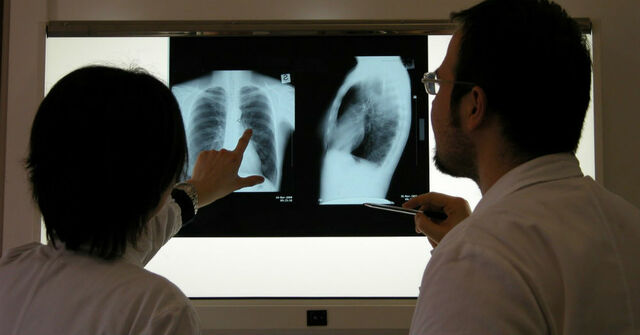
According to a leading medical patient safety group, diagnostic errors contribute to the deaths of up to 80,000 patients a year. Another group recently released a list of steps to prevent this serious medical error.
The Society to Improve Diagnosis in Medicine reports that medical misdiagnoses likely cause more harm to patients than all other medical mistakes - such as surgical errors and drug administration errors - combined. It relays that a third of all medical malpractice lawsuits involving the patient’s death or serious disability allege a diagnostic error.
The most common types of diagnostic errors are:
- Missed diagnosis
- Delayed diagnosis
- Wrong diagnosis
In July, the Leapfrog Group, a nonprofit organization that grades hospitals on their patient safety, issued a comprehensive report on medical misdiagnosis (“Recognizing Excellence in Diagnosis – Recommended Practices for Hospitals”). The report centers on steps to prevent hospital diagnostic errors – 29 in all.
The report states that hospitals by and large have done little to prevent misdiagnoses, despite much being known about their frequency and potentially deadly consequences.
Hospital Leaders Responsible for Preventing Diagnostic Errors
Preventing diagnostic errors is a key hospital leadership responsibility, according to Leapfrog. Administrators should establish protocols to prevent misdiagnoses, and actively promote them in their hospitals.
Other steps hospital leaders should take to prevent diagnostic errors include:
- Encourage teamwork among health providers to ensure diagnostic input from all relevant providers
- Make it easy for staff to report diagnostic errors
- Be transparent with patients when diagnostic errors occur
- Provide targeted training to nurses, pharmacists, physical therapists, and others
Incomplete Patient Histories Can Lead to a Misdiagnosis
A hospital’s plan to reduce or prevent diagnostic error should include tools and training for medical staff to accurately collect patient information. Incomplete or incorrect patient histories can lead to a serious misdiagnosis.
Hospitals also should make it easy for patients or their family members to report concerns about possible diagnostic errors, and then have a plan in place to investigate such concerns.
Incorrectly interpreting imaging test results is a common type of medical misdiagnosis. According to the Leapfrog report, hospitals frequently rely on inexperienced radiology residents or emergency room doctors to read important imaging test results.
In a significant finding, Leapfrog noted that more than 10 percent of trauma imaging studies disclosed a serious discrepancy between the original reading done by a resident and the subsequent “official” reading by a staff radiologist.
To avoid incorrect imaging test results, hospitals should have access to a radiologist 24 hours a day, seven days a week.
And when there are different conclusions from imaging tests and biopsies – for a cancer diagnosis, for example - radiologists and pathologists should confer and come to a joint conclusion.
These are just a few of the recommended steps to avoid a serious diagnostic mistake. When corners are cut or proper protocols to guard against medical misdiagnoses are not followed, patients and their families may suffer catastrophically.
If you believe you or a member of your family was the victim or a diagnostic error or some other mistake during medical treatment, contact an experienced personal injury attorney.
The choice of a lawyer is an important decision that should not be based solely on advertisements.
Authored by Gray Ritter Graham. Posted in Blog August 24, 2022.

 RSS Feed
RSS Feed